Most people tend to avoid Delhi like the plague, which is understandable. It’s hot, insanely hectic, crowded and an all-around difficult place to deal with. We, on the other hand, found ourselves transiting through Delhi a few times – once on arrival in India, once after doing our Northern India loop, once before heading to Agra, and once after Agra and before heading to Rajasthan. Yes, we’re suckers for punishment.
What we did well was to break up our time in Delhi into small, digestible (if you don’t count the bouts of Delhi Belly we seemed to pick up every time we passed through) chunks. Each visit was filled with just one or 2 activities, making it a much more pleasant time than if we’d spent a whole week or 2 here in one go.
Sanjay Slum Tour
We weren’t sure what to expect from a tour of a slum, but this company (Reality Tours & Travel) got great reviews (not only that the tour is great, but that they offer a whole lot back to the slum community including ongoing education and life-skills programs), so we decided to bite the bullet and go along. We were not disappointed.
Slum Statistics
It is said that over 45% of Delhi’s 25

Monthly rent in the slum is between Rs.10,000 (USD $140) and Rs.15,000 (USD $200), and daily labour wages are around Rs. 160 (USD $2.20) for 8 hours of work. Looking at these numbers, one can gather just how difficult it must be to make ends meet, and why it is necessary to cram so many people into each room of each house. Remarkably, there is only a 10% unemployment rate in the slum – probably due to their ingenious industriousness. Also, it’s worth noting that children are not allowed to work in the slum.
Work in the slum
One of the major industries in the colony is to collect off-cuts from various clothing factories, then sort them by colour. Once the sorting is complete, the offcuts are sold back to other factories where they are used to create more clothes. Some of the smaller off-cuts are gathered and sold to factories to use as stuffing for pillows and the like. The ladies in the colonies spend their days sitting under plastic tarpaulins sorting through off-cuts. We were there in October and it was boiling hot – I can only imagine how unpleasant it would be in the peak of summer!

Most of the slum is hooked up to sewage services, but only a fraction of the houses have running water. For those that don’t, the government sends giant water trucks with thousands of litres of water to the colony every day, and the inhabitants collect water for their households in huge plastic water barrels which they then roll back to their homes.
Despite the

Since we were not allowed to take photos in the slum, the photos I have shared above are from the tour organisation (with their permission).
The Red Fort
The Red Fort is Delhi’s premium tourist destination – a sprawling complex of ancient fort buildings originally built by the Moghuls in the 17th century and was the seat of Mughal power from 1639 to 1857. Since then it was
Jama Masjid
Asia’s largest mosque, construction of the Jama Masjid commenced in 1656 and took 5,000 labourers 6 years to complete. It can hold an astounding 25,000 worshippers – I can only imagine how this must look on a Muslim holiday!
We were pressed for time so didn’t spend too long here, but certainly enjoyed the time we did spend in this impressive structure.
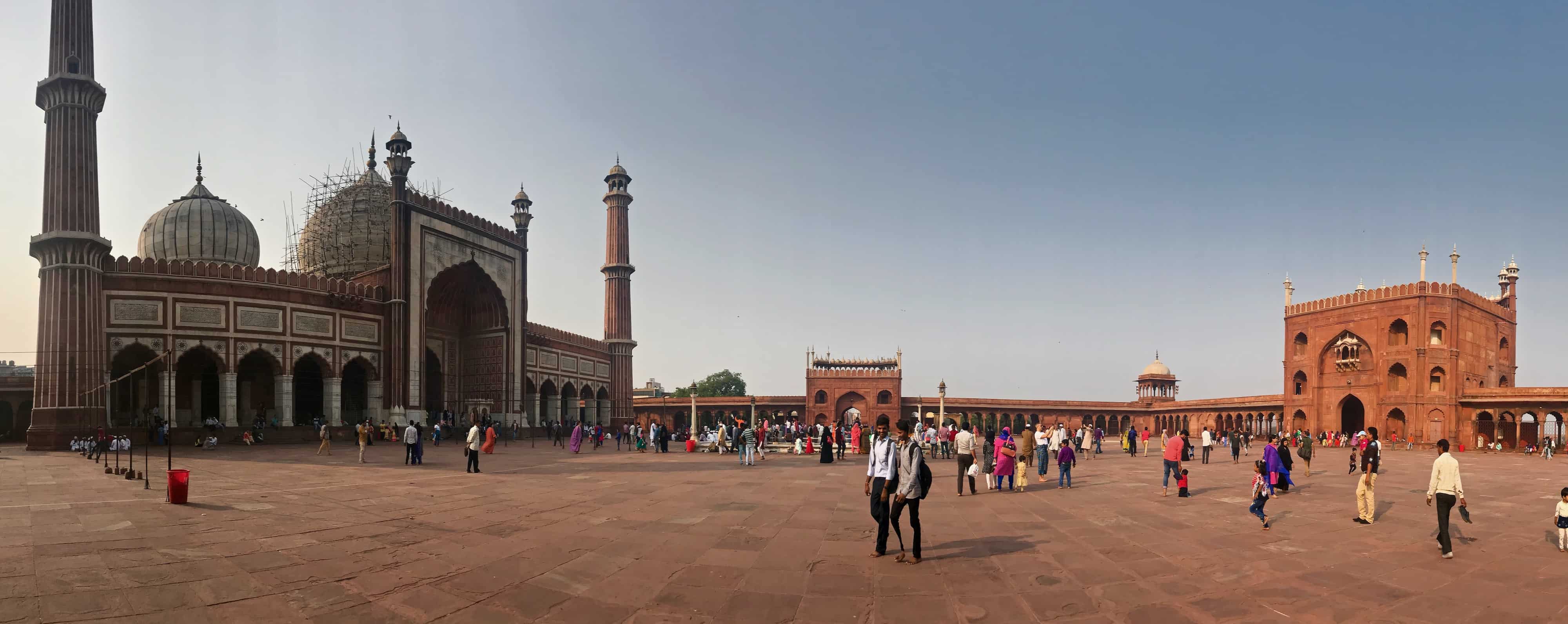
Gandhi Museum
The Gandhi Museum provides an in-depth look into the life of Mahatma Gandhi – the “father of modern India”. Here we browsed through thousands of relics from the life of this amazing
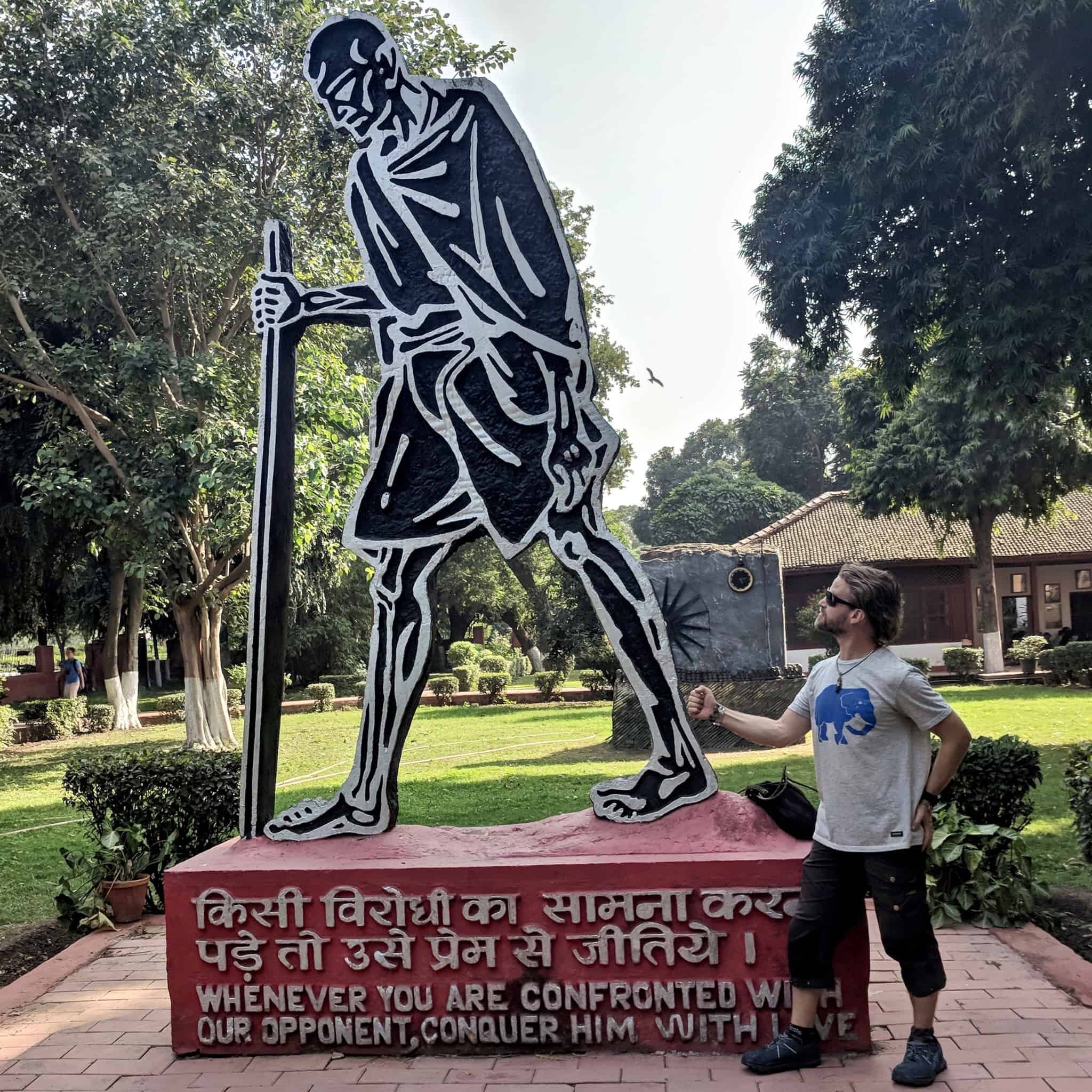







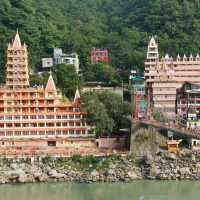

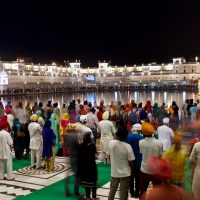
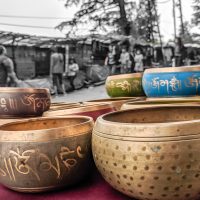

Really enjoyed your blog Greg. Love to you both. JosieXXOO